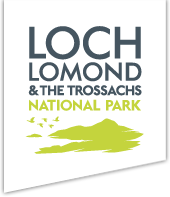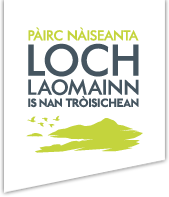Do I need planning permission to use my house/flat as a short-term let?
For the time being our advice is that planning permission is not required to let out your house or flat (in its entirety) to families or groups holidaying together. This is because planning legislation does not deem the letting of a dwellinghouse for this purpose to be a change of use.
In nearly all cases you will not need planning permission to let your house or flat on a short-term basis.
In rare instances the short-term let use may be deemed to have resulted in a “material change of use” (as a matter of fact and degree) on the basis that the characteristics of that use are no longer commensurate with use as a dwellinghouse. This may be, for example where there are significant amenity impacts on neighbours from the comings and goings, or the nature of the use – for example where large groups or parties are a frequent occurrence. We reserve the right to request a planning application in these circumstances to assess whether a material change of use has occurred. We will contact the property owner in that event.
Home Sharing (inc. Bed & Breakfast and Guesthouses)
If you rent out rooms on an ongoing basis in the house that you occupy, it would be classed as a Bed & Breakfast or Guesthouse. You do not need planning permission to let out a room (or rooms) within your own house provided that at any one time not more than two bedrooms are used for that purpose (or not more than one bedroom in the case of your home having fewer than four bedrooms).
Where you let out 3 or more bedrooms, your home would be classed as a ‘guesthouse’. A change from a house or bed and breakfast to guesthouse and vice versa requires planning permission. If you have changed the use of your property from bed and breakfast use to guesthouse (or vice versa) within the last 10 years, you may need to apply for planning permission retrospectively. If the change occurred more than 10 years ago, the present use may now be lawful (you are then eligible to apply for a certificate of lawful use).
Unlike houses, the legislation does not expressly permit the letting of rooms in a flat that you occupy. However, we are of the view that planning permission need not be sought in relation to home-sharing within flats at the present time (provided no more than two rooms are let for this purpose and no more than one room in a flat with fewer than 4 bedrooms).
Self-contained units within your house or grounds (sometimes known as “Granny Annexes”)
Subdivision of houses to provide one or more separate self-contained units within it requires planning permission. A self-contained unit of accommodation is one that has its own private front door and the facilities required for normal independent living (I.e., a kitchen, bathroom and living area/bedroom). The short term let use of a separate self-contained building in the grounds of your house will also generally require planning permission.
If you let out a flat or self-contained unit in your house or in your garden or grounds, and this use commenced less than 10 years ago, then you will likely need planning permission. If the use started more than 10 years ago, the use may now be lawful (you can then apply for a certificate of lawful use).
New Buildings or Structures and Conversions
Generally, any proposed new buildings (including portable buildings such as chalets, caravans or pods) that are to be erected, or sited, on any land for the purposes of short-term letting will not benefit from householder permitted development rights and will require planning permission. Likewise for conversions of existing buildings (e.g. outbuildings, garages, sheds etc.) for short-term letting will require planning permission.
Further Guidance
If, having read the above guidance, you still require advice in relation to requirements for planning permission in relation to short term lets you are advised to submit an enquiry via the National Park’s Pre-Application Enquiry Service. Please note that this is a free service and we aim to respond within 21 days.
Back to menu

